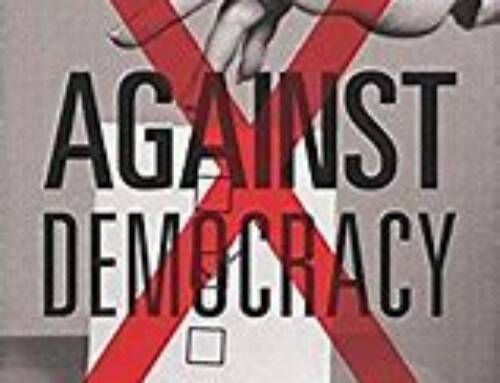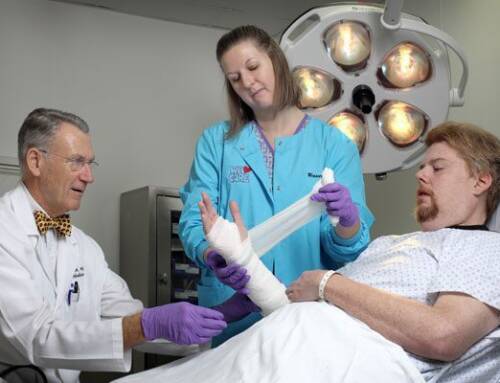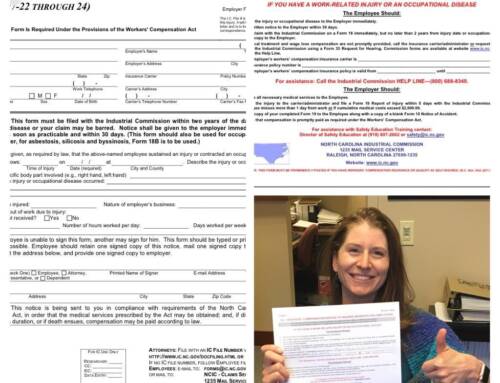When most Americans visit Philadelphia they go to see the Liberty Bell and Independence Hall where the U.S. Constitution was signed on September 17, 1787 by our founding fathers. 42 individuals signed the Constitution in this room after vigorous debate for months. At the other end of Independence Mall sits the impressive National Constitutional Museum and on the front of the building the words “We The People” are prominently displayed. In this facility there is a “theater in the round” where a live actor makes a presentation about the Constitution and the beginning of our democracy. This museum also has a room called Signers’ Hall (see photo attached) which has life-sized bronze statues of the 42 signers, including George Washington, Ben Franklin, James Madison, and Thomas Jefferson. When you stand next to these statues you notice the relatively small height of these men.
The museum also has a display showing Supreme Court briefs involving a workers’ compensation case out of Pennsylvania, which passed a law allowing insurance companies additional time in which to review medical treatment decisions. The claimant alleged a constitutional violation and a U.S. Circuit Court of Appeals agreed. The case eventually went to the U.S. Supreme Court, but the Court disagreed.
Each state has its own constitution, usually modeled after the U.S. Constitution, and the Pennsylvania claimant may have had a claim for a due process violation under its state constitution. As more and more changes are made to Workers’ Compensation Acts across the country, there may be more constitutional challenges, both state and federal. A visit to the National Constitutional Museum helps individuals, as well as lawyers, appreciate and understand the history of this country and the development of our unique constitutional system, and I encourage all readers to visit this unique museum.







